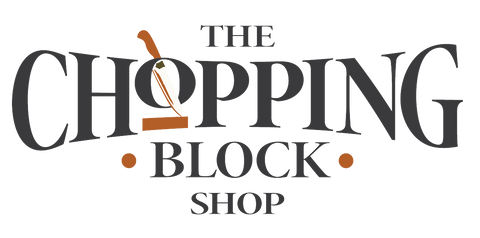A premium chopping board conditioner made from pure mineral oil with added beeswax to give a gel type consistency.
Perfect for sealing, conditioning and reviving all types of wooden blocks and boards.
Just squirt a small amount and and work in with a dedicated cloth or kitchen paper. Wipe off any excess and you're good to go.
Supplied in a 300ml bottle.
What is Mineral Oil for Chopping Boards?
Mineral oil is widely regarded as the best mineral oil for cutting boards because it penetrates the wood rather than simply coating the surface. This deep hydration helps prevent cracking and warping while keeping harmful bacteria from seeping into the grain. As it is flavour-neutral, it will never taint your food, and although made in an environment where allergens are present this mineral oil is made without nut oil which is commonly used when conditioning chopping boards. Regular use also makes subsequent cleaning easier, extending the life of every board, butcher’s block and wooden utensil you own.
Why Add Beeswax to Mineral Oil?
Blending food-safe mineral oil with natural beeswax gives your board the best of both worlds: deep nourishment and a long-lasting surface seal. The mineral oil penetrates the wood fibres, hydrating from within, while the beeswax forms a thin, breathable layer on top that locks in moisture and repels water. This dual-action treatment means fewer re-applications, better protection against stains, and a gentle, satin sheen that makes the grain really pop.
Beeswax is naturally antimicrobial and water-resistant, so it helps keep bacteria at bay and prevents liquids from soaking into the board. It also fills tiny knife marks, leaving a smoother cutting surface that’s easier to wipe clean. Because the wax hardens slightly as it cures, it adds a subtle, non-greasy grip, perfect for keeping the board stable on the worktop. In short, mineral oil with beeswax delivers deeper conditioning, superior sealing, and a beautifully finished look in one effortless application.
How to Apply Our Mineral Oil With Beeswax?
Begin with a clean, completely dry board. Warm the bottle briefly in a bowl of hot tap-water and give it a good shake, this melts the beeswax slightly so it spreads evenly. Drizzle a thin ribbon down the centre, then use a lint-free cloth to massage the blend over every surface and edge, following the grain. Leave the board to absorb the oil for at least six hours (overnight if the wood is very dry); the beeswax will rise to the surface and set into a protective satin layer. Wipe away any excess and buff lightly to bring up the sheen. For boards that see heavy daily use, treat once a week for the first month and then monthly; for newer or lightly used boards, a top-up every four to six weeks will keep them perfectly conditioned.
Compatible Surfaces & Kitchenware
This food-safe cutting board oil is perfect for all kinds of chopping boards, end-grain and edge-grain, butcher’s blocks, wooden spoons, salad bowls and even bamboo utensils. It is not suitable for varnished, lacquered or painted wood, as it needs direct access to the grain to work effectively. It will not work on plastic, glass or composite boards; these materials benefit more from a quick sanitising rinse than an oil treatment.
Environmental & Packaging Details
Hand-bottled here in the Cotswolds, every batch is filled into recyclable HDPE bottles with easy-pour caps to minimise waste.


